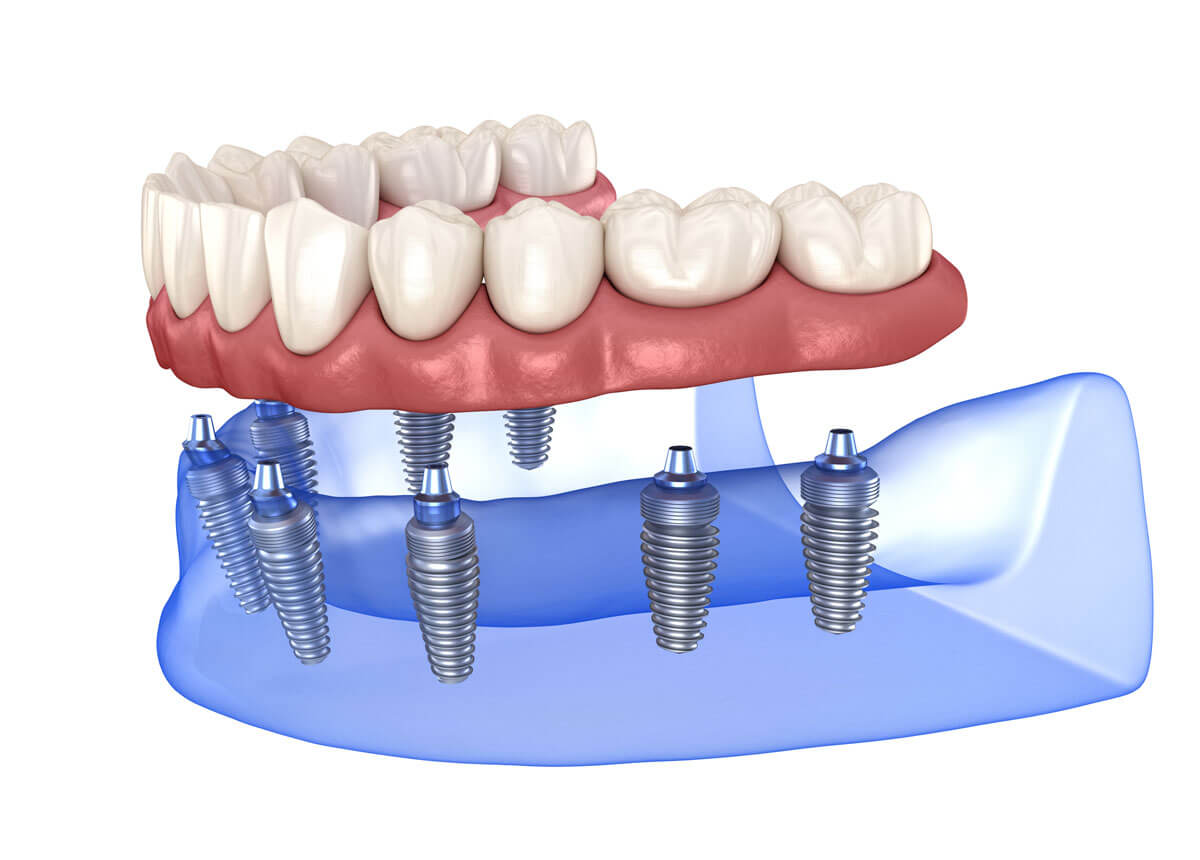Dental Sense for Dummies
Table of ContentsThe Of Dental SenseGet This Report about Dental SenseThe 45-Second Trick For Dental SenseIndicators on Dental Sense You Should Know
are medical tools operatively dental implanted right into the jaw to bring back a person's capacity to chew or their look. They provide support for artificial (fake) teeth, such as crowns, bridges, or dentures. When a tooth is lost because of injury or disease, a person can experience problems such as rapid bone loss, faulty speech, or modifications to eating patterns that cause pain.Oral implant systems include a dental implant body and dental implant abutment and might also include an abutment fixation screw. Professional teeth whitening. The dental implant body is surgically placed in the jawbone instead of the tooth's origin. The oral implant joint is usually affixed to the implant body by the abutment addiction screw and prolongs with gums into the mouth to support the connected synthetic teeth
(https://go.bubbl.us/e7bebd/a315?/Dental-Sense)Structure of The Dental Implant System choosing dental implants, speak with your oral provider concerning the potential benefits and risks, and whether you are a candidate for the treatment. Things to think about: Your overall health is an important variable in establishing whether you are a great candidate for dental implants, the length of time it will require to recover, and for how long the implant might stay in area.
Cigarette smoking may affect the healing procedure and decrease the lasting success of the dental implant. The healing procedure for the implant body may take a number of months or longer, during which time you typically have a short-lived joint instead of the tooth. the dental implant procedure: Carefully adhere to the oral health guidelines provided to you by your dental supplier.
Fascination About Dental Sense
Implant failing can lead to the need for an additional procedure to deal with or replace the dental implant system. Brings back the ability to chew Recovers aesthetic look Assists maintain the jawbone from shrinking as a result of bone loss Protects the wellness of the bordering bone and gums Helps maintain adjacent (close-by) teeth stable Boosts lifestyle Damages to surrounding all-natural teeth throughout implant placement Injury to the surrounding cells during surgical procedure, such as sinus perforation Injury throughout surgical procedure (as an example, crack of surrounding jawbone) Poor function, such as feeling like the teeth do not bite together generally An experience that the tooth is loose or turning in place arising from an abutment screw loosening up Implant body failing (looseness of the dental implant body) due to systemic infection, which might be extra most likely in patients with unrestrained diabetes mellitus due to local infection in bone and periodontals sustaining the implant body because of postponed recovery, which might be more most likely in patients who smoke Difficulty cleaning up the gum tissues around the implant, resulting in bad dental health Neglected periodontal illness Post-surgical numbness as a result of nerve impingement or damages Constantly inform healthcare carriers and imaging professionals that you have dental implants prior to any type of magnetic resonance imaging (MRI) or x-ray treatments.
FDA is not knowledgeable about any type of damaging events reported for MRI or x-ray procedures with oral implants. Dental implants systems are usually constructed from products that follow global consensus requirements of the International Organization for Standardization (ISO) or ASTM International. These standards have details of what makes a safe product.

A dental implant is a framework that replaces a missing tooth. With screw-like tools, the cosmetic surgeon inserts a dental implant into the jawbone, and it acts as an anchor for a fabricated tooth, called a crown. A gadget called an abutment attaches the artificial tooth to the oral implant. The crown is personalized to fit the individual's mouth and match the color of their teeth.
The Greatest Guide To Dental Sense
Some people are not eligible for oral implant surgery. It is for oral doctors to run on individuals with: acute illnessuncontrollable metabolic diseasebone or soft tissue condition or infectionIf these concerns are settled, an individual can have the surgical procedure. In, oral cosmetic surgeons avoid operating individuals with: If individuals with any one of the above go through dental implant surgical treatment, there is a greater risk of the implant falling short.

Oral implant surgical treatment is an individualized process. Offer you time to recover. Attach the blog post and final crown, bridge or denture.
Next off, your surgeon will thoroughly position the dental implant right into your jaw. Finally, your cosmetic surgeon will rearrange your periodontals and shut the incision with stitches. If your implant is near the front of your mouth, your dental practitioner will certainly make a short-term tooth for you to wear till you recover. This way, you will not have a space in your smile while you recuperate.
Facts About Dental Sense Revealed
Your company can tell you what to expect in your scenario. During the healing stage, your jawbone ought to fuse address to the oral implant. This procedure, called osseointegration, is crucial for stability and long-lasting success. This procedure can take anywhere from 3 to 9 months. In many cases, it may take much longer.
Once your implant heals, your dental expert can affix the joint (little port article) and your final restoration (crown, bridge or denture). This typically takes about one hour to complete and might require a second minor surgery. You shouldn't feel any type of discomfort throughout your oral implant treatment due to the fact that your provider will use medicine to numb your periodontals.